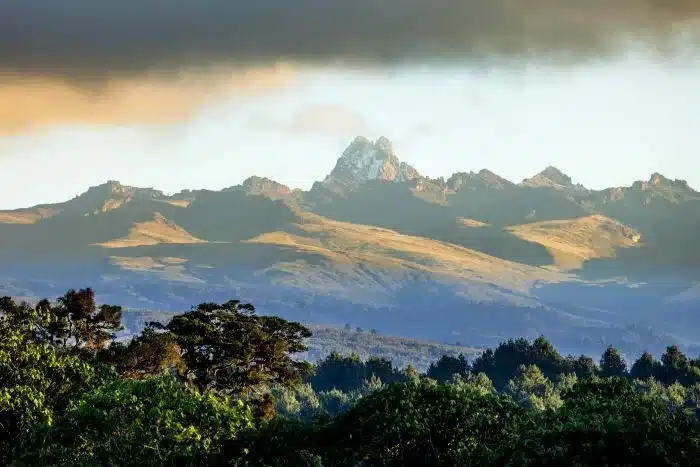Conserving wildlife and the traditional way of life, wide open spaces mean more adventurous game-viewing.
Scroll for more
The Laikipia region is in central Kenya, to the north-west of Mount Kenya. It’s a 9,500 km² plateau with plains stretching from the magnificent escarpment bordering the Northern Frontier District all the way down to the Great Rift Valley region
Though this area of Kenya is generally hot and arid, two rivers, the Ewaso Nyiro and the Ewaso Narok give much needed water. The plateau habitat include grasslands, basalt hills, acacia bush and even cedar forests. Naturally this diversity of habitat leads to a diversity of wildlife. Which in turn guarantees good predator populations. Thus lion, leopard and cheetah sightings are common on a Laikipia safari. There’s also plenty of plains game including some the dry land “specials” of Kenya. These include the Somali ostrich, the rather peculiar long-necked gerenuk, Grevy’s zebra and the reticulated giraffe.
Laikipia is not one distinct National Park, but rather a patchwork of wildlife conservancies, privately owned ranches and bush homes. Back in the 1990’s farmers, ranches and local tribes partnered together to create wildlife conservation areas. So they all work together to conserve wildlife in the area. In consequence, Laikipia is the only area in East Africa where wildlife numbers are actually increasing!

Safari camps in Laikipia are personal, intimate, often luxurious and relaxed. As so many of the camps are privately run and outside national wildlife reserves, they offer a wider range of safari activities along side game drives. Bush walks, camel trekking, mountain biking and horse riding are all on offer. The key attribute of the Laikipia safari camps is exclusivity. Loisaba is a classic example.
This is a superb wildlife conservancy in the south of Laikipia with excellent wildlife sightings. Bush camps include Ol Pejeta Bush Camp, Porini Rhino Camp and Kicheche Laikipia Camp.
The Ol Pejeta Conservancy is famous for its large population of black and white rhino. And you have an excellent chance of seeing both. Ol Pejeta also boasts reticulated giraffe, the rare Grevy’s zebra, plenty of plains game and a healthy complement of predators. In fact Ol Pejeta Conservancy has the highest resident game-to-area ratio of any park or reserve in Kenya.
Further to the north are large private ranches and Samburu tribal lands. Loisaba is a 61,000 acre private game conservancy in the heart of Laikipia. It has the Ewaso Nyiro River on its southern boundary. And dramatic escarpments and wildlife plains in the north. Recommended ranches and bush homes include Sabuk Lodge, Sosian Lodge and Ol Malo House.
Wildlife is also concentrated in the Lewa Wildlife Conservancy. Lewa is one of Africa’s conservation success stories with all of the Big Five on offer. It offers a refuge for a number of endangered species including about 10-15% of Kenya’s black and white rhino population. And it is home to the largest single population of critically endangered Grevy’s zebra.
The Lewa Wildlife Conservancy (LWC) developed this huge tract of land (60,000 acres) as a wildlife conservancy. LWC researchers and staff are available to share their information with lodge guests, either during informal evening discussions, or in the field. Sitatunga, a water-loving antelope is another rare species to be found here. With 350 bird species, Lewa is also one of Kenya’s best birding areas. There are several safari options including Lewa Safari Camp and Lewa House.

Back to main Kenya safari page.
